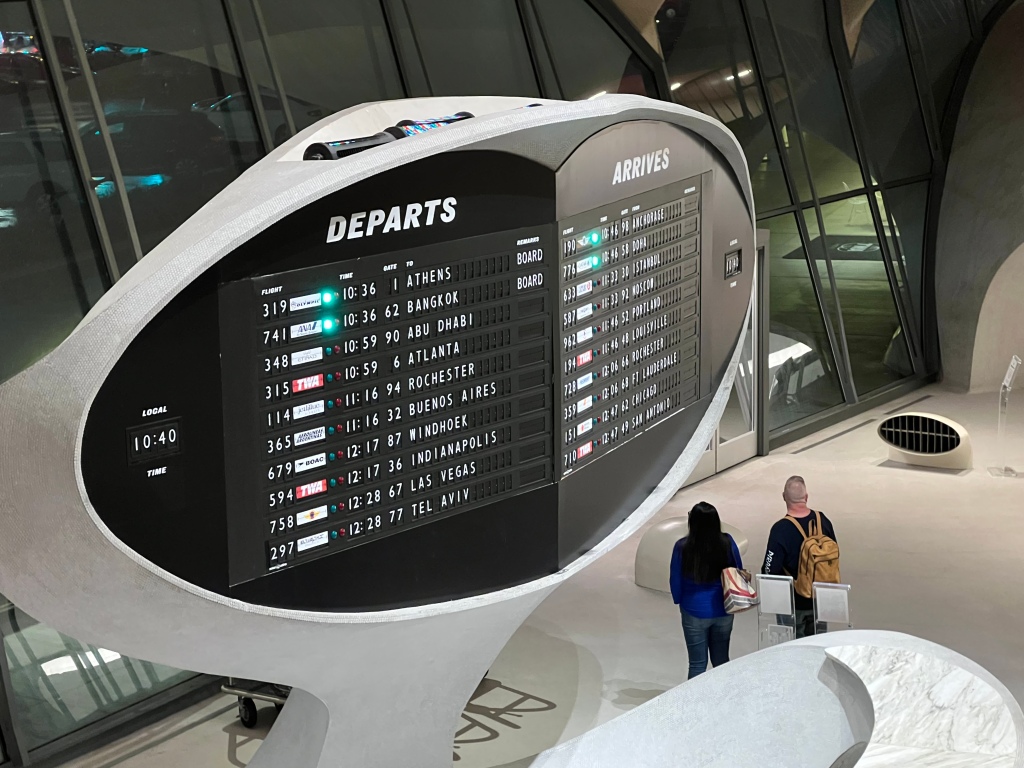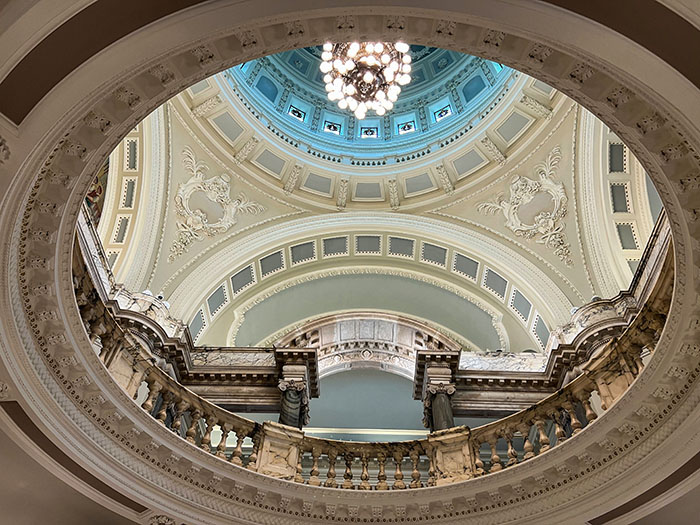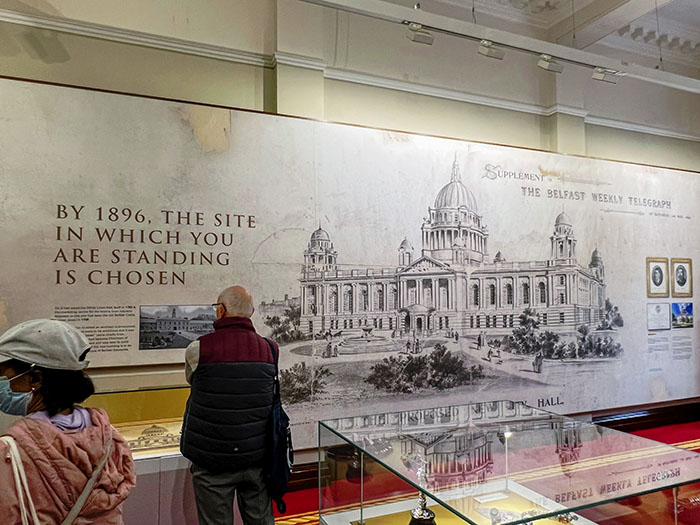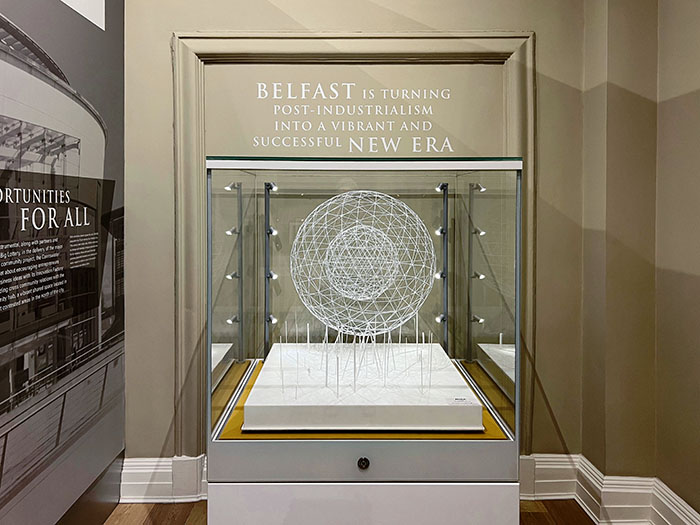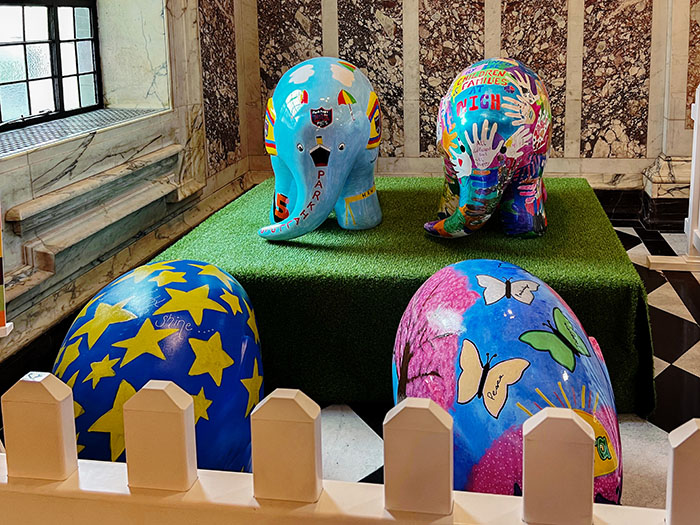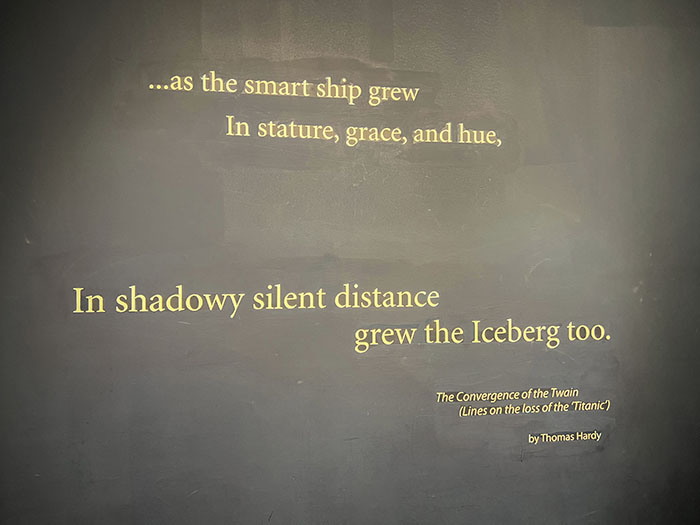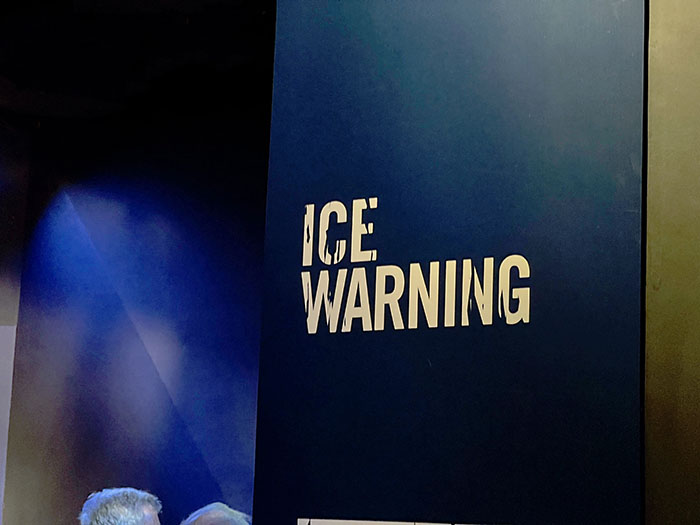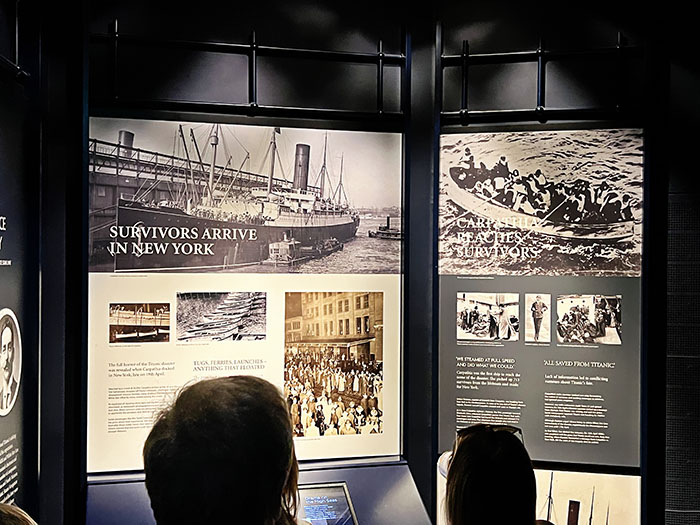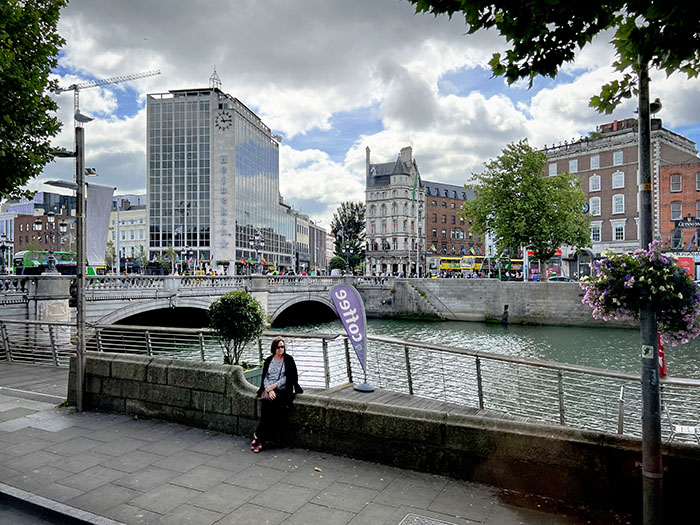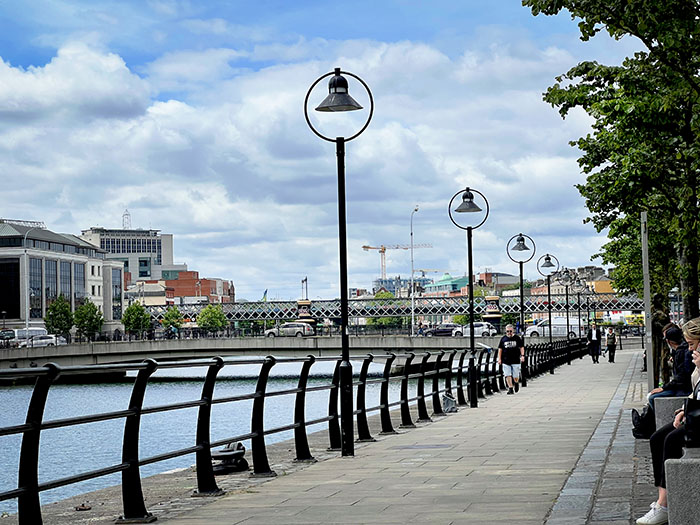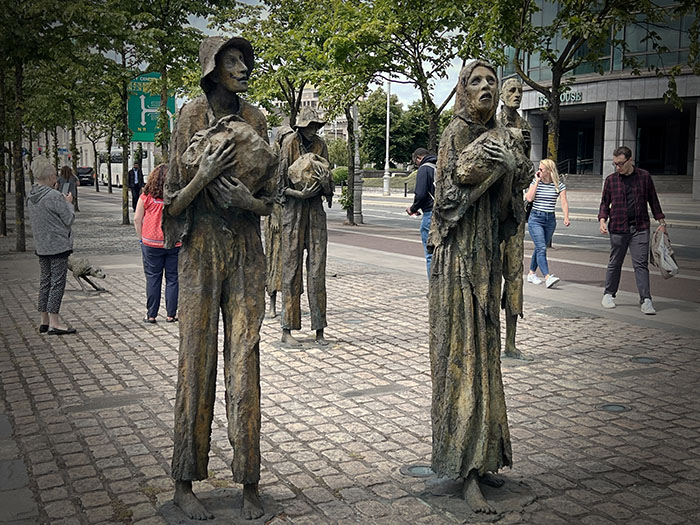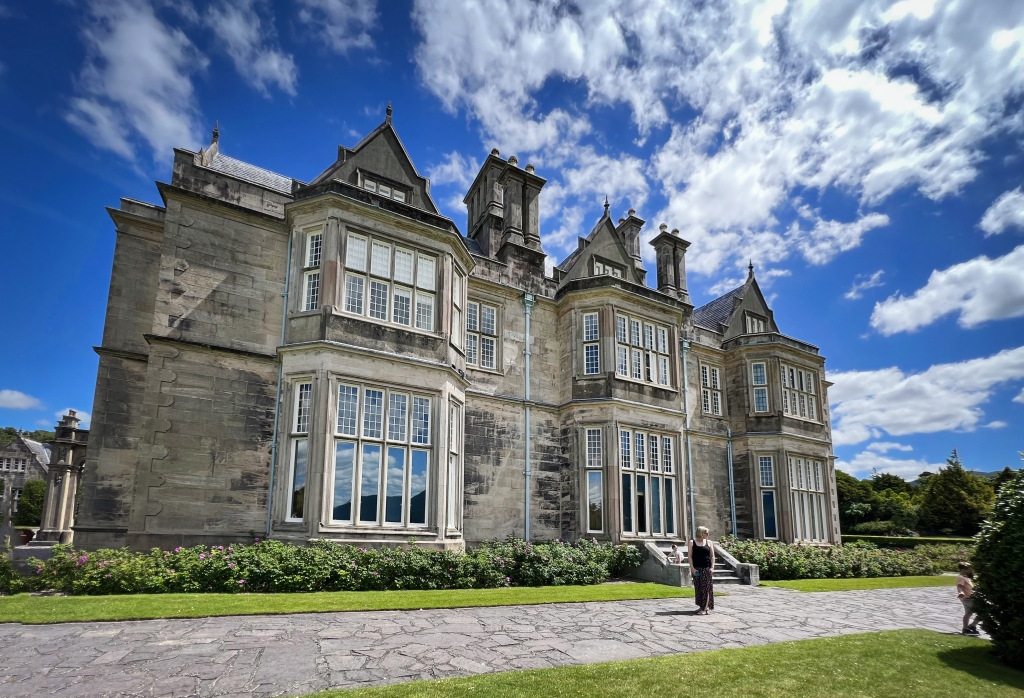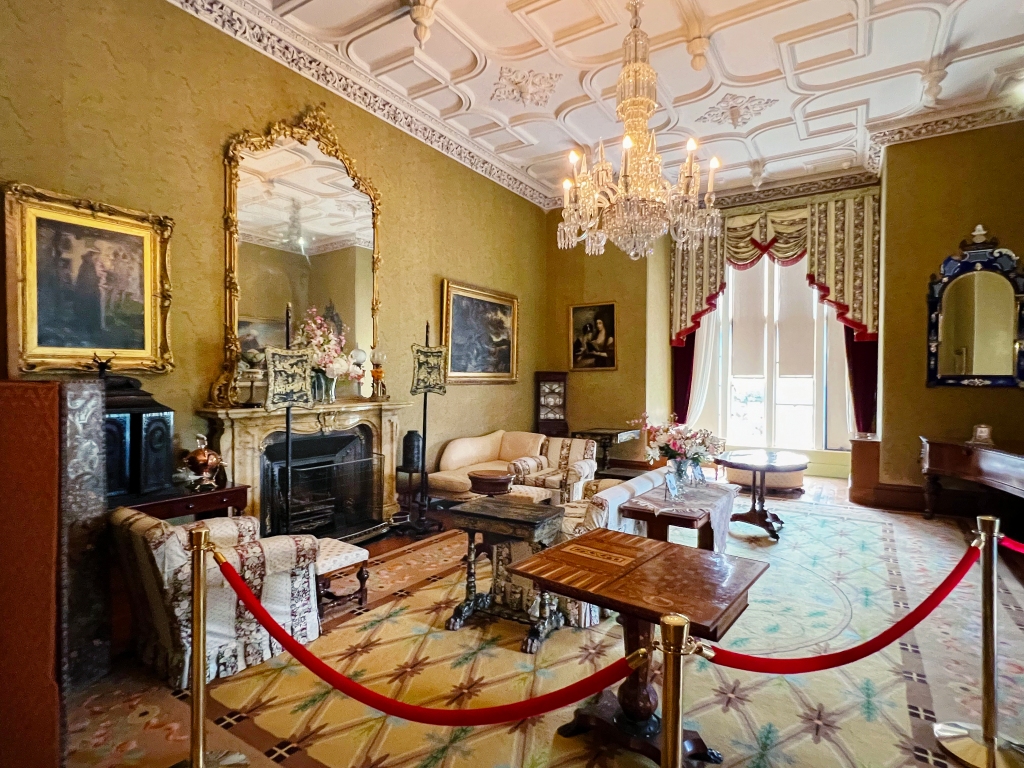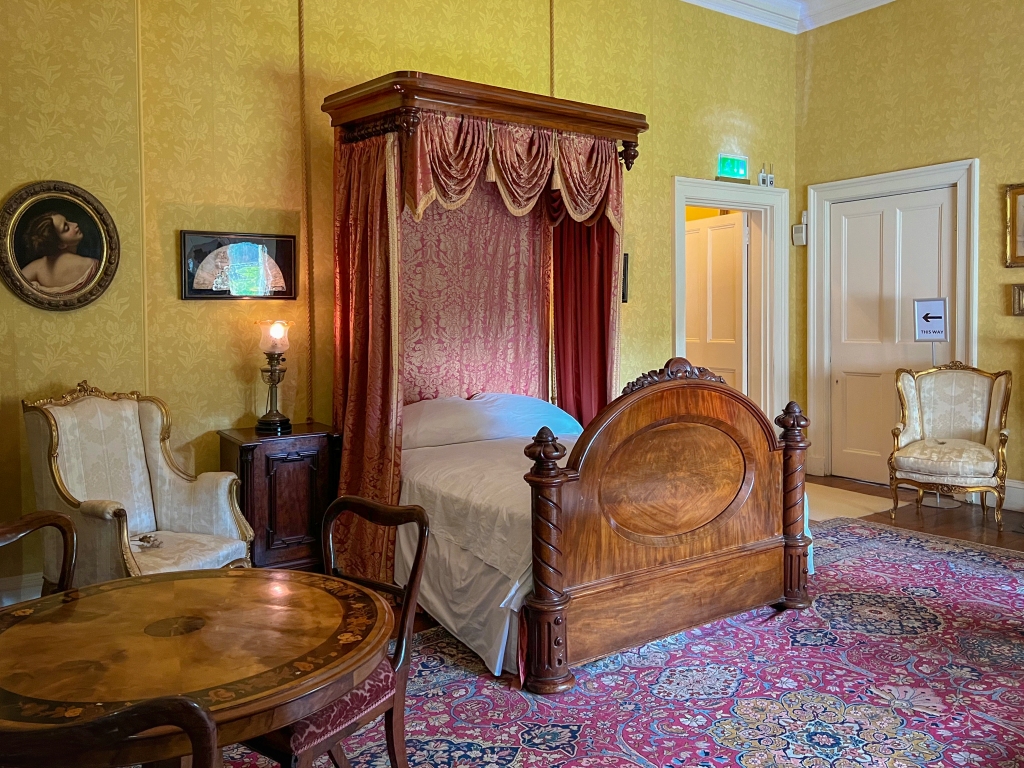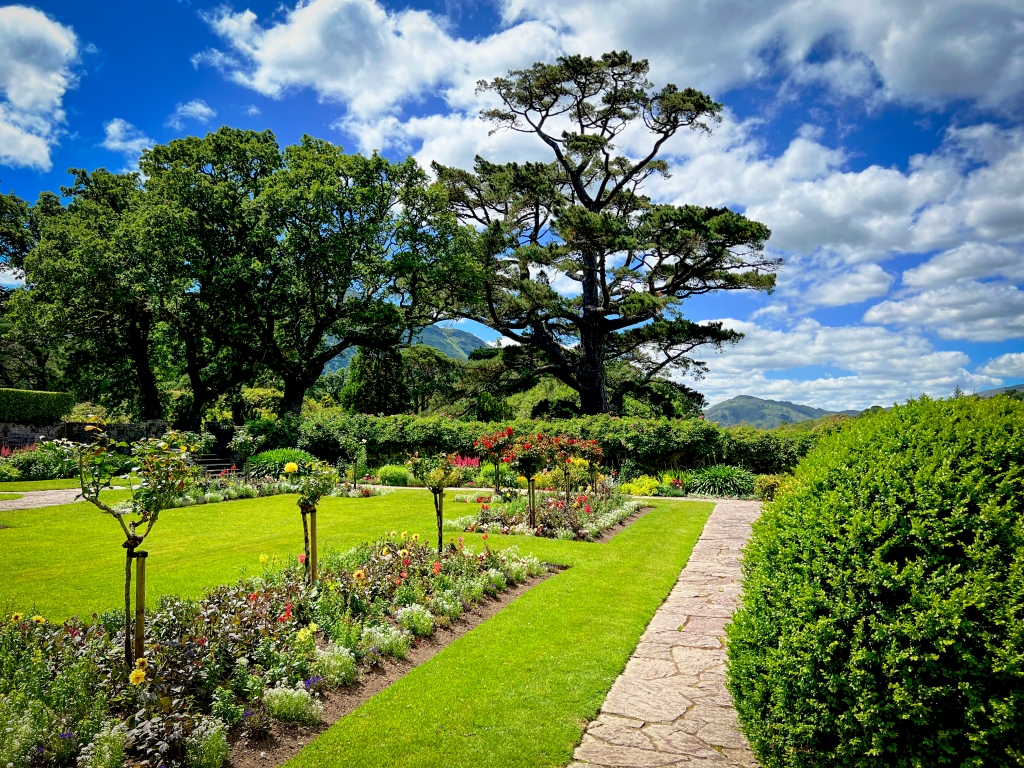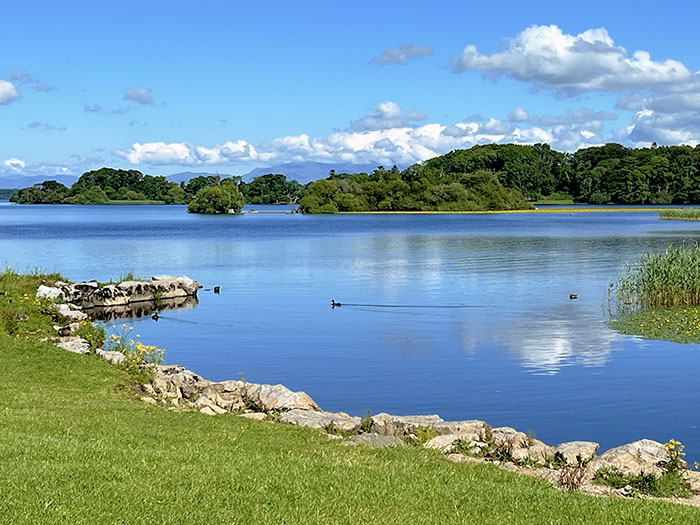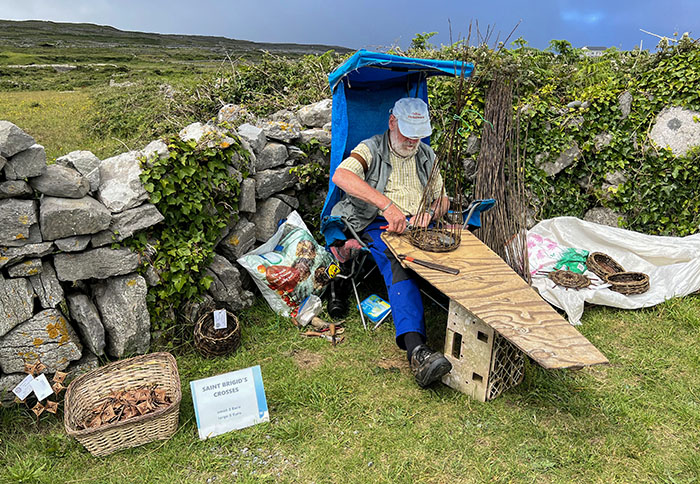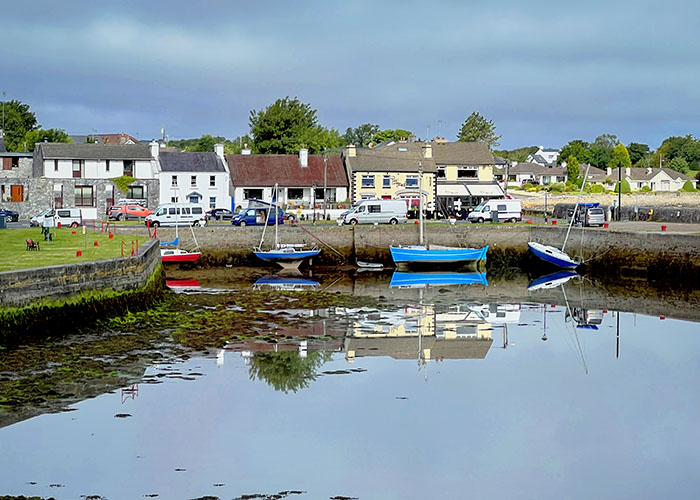Nine hours off the plane from the U.S., we are sitting in the world-famous Carnivore Restaurant in Nairobi. As the name implies, it is a meat-eating destination when you come here. They serve a variety of meat and were famous for their ranch-raised game meat, including giraffe, wildebeest, ostrich and crocodile, until Kenya imposed a ban on the sale of game meat in 2004. In 2003 it was ranked one of the “World’s Best 50 Restaurants” by Restaurant magazine. However, it remains a popular tourist destination, particularly for safari arrivals heading into the bush the next day, as we are.
In 1999, the restaurant seated 350 people and the restaurant’s 330 employees served over 1,000 people per day. Today the restaurant serves meat of domestic animals such as beef, pork, lamb and chicken, as well as farmed ostrich and crocodile meat. It’s skewered on Maasai swords, cooked on coals and served on cast-iron plates. I opted for pork, turkey and ostrich. Anthony, a non-meat-eater, chose vegetarian options. Bon appetite!



















